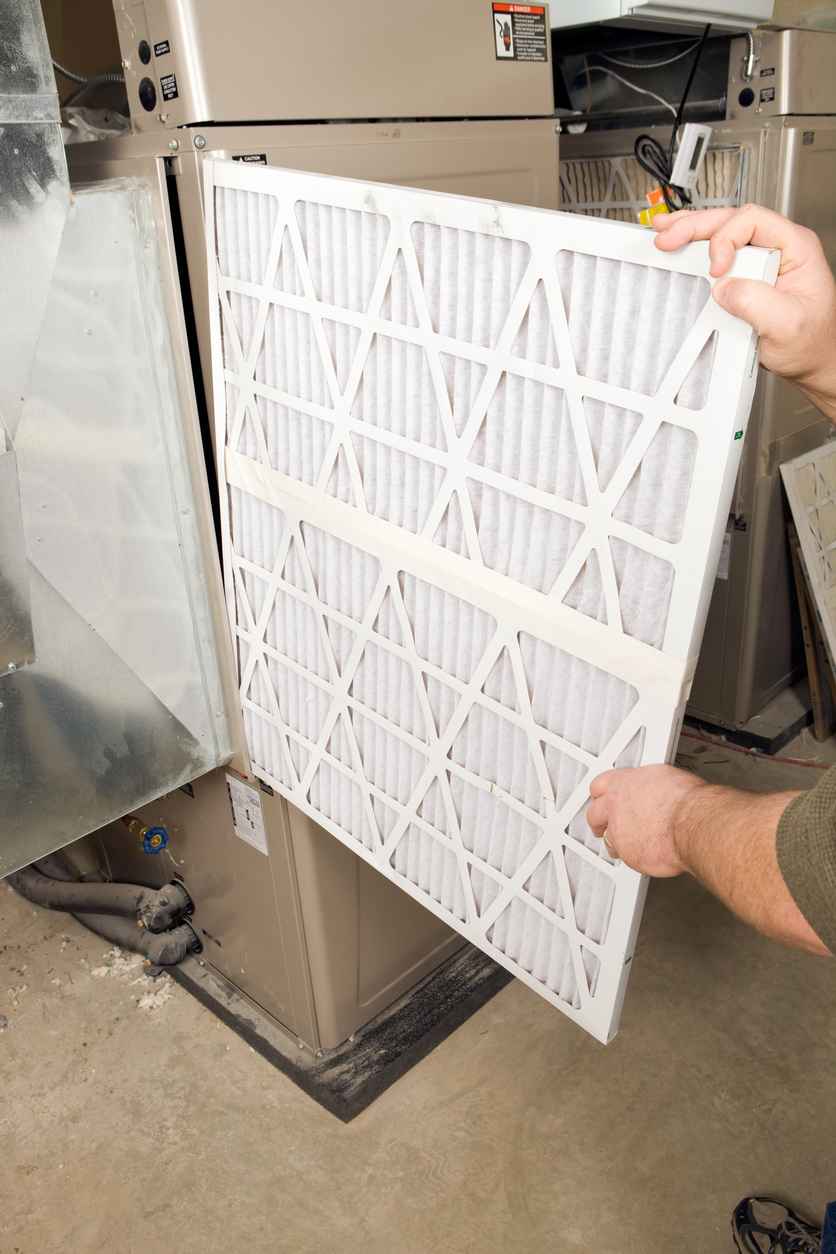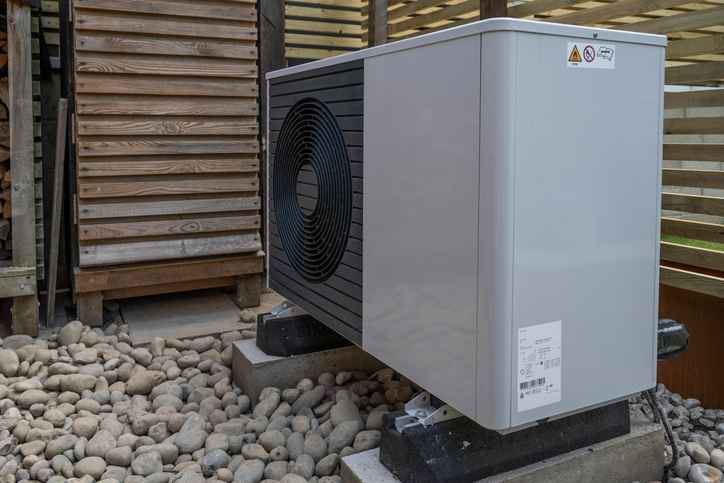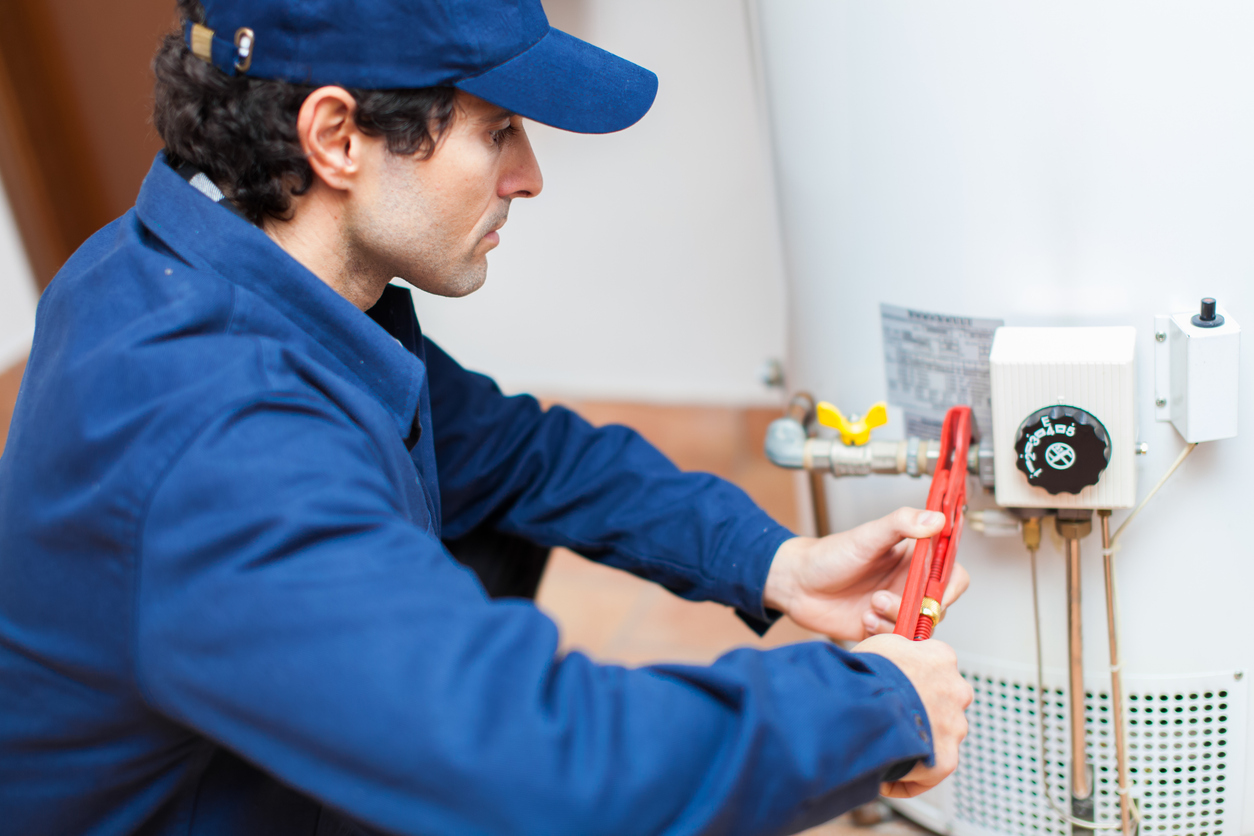4.8 Google Rating
Ways to Childproof Your Electrical Outlets
Have you ever noticed that children and babies are drawn to electrical outlets? The last thing you want is for a little one to get hurt because an outlet hasn’t been childproofed. Here’s how to get started childproofing the outlets in your home.
Identify Electrical Hazards
The first step is to discover potential electrical hazards. Here are some potentially dangerous things that are in easy reach for a small child:
- Power strips
- Unprotected outlets
- Extension cords
- Cords you don’t want unplugged
- Frayed wires
- Cords that hang down and could entangle a child
Don’t forget to look for cords and outlets that may be hidden behind furniture or appliances.
Common Types of Outlets That Are Used for Baby Proofing
A regular electrical outlet is not babyproof. If a little one sticks his or her finger into one of the holes, they could get shocked or burned.
Here are some solutions for baby proofing outlets:
- Tamper-resistant receptacles – The receptacle is the part of the outlet behind the outlet cover. Tamper-resistant receptacles have spring-loaded shutters covering the hole in the outlet so nothing can get in that’s not supposed to.
- Electrical outlet caps – These can be applied to empty outlet slots.
- Electrical outlet covers – These can go over existing outlets.
Ways to Prevent Your Child From Plugging in Electrical Devices
It’s also a good idea to have a way to stop your child from plugging in electrical devices they aren’t supposed to be using.
Here are some options:
- Plug locks go on the end of electrical plugs and can be locked in place with a key.
- Use the electrical outlet caps on all empty outlets.
- Store devices that they shouldn’t be using in a safe place.
Taking these simple steps can prevent any accidents from occurring. If you want your outlets evaluated and childproofed by an expert, AAA Service is here to help. We’ll evaluate your electrical system and make necessary recommendations to avoid potential electrical hazards. Call us or schedule an appointment online today.





